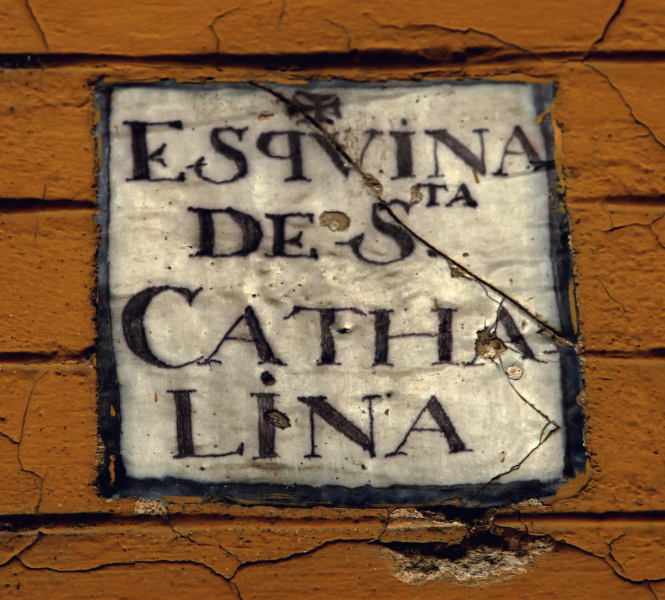Stoned streets, houses from another era, taverns stopped in time and several churches that are well worth a visit. Strolling through the area of Santa Catalina is a pleasure for all the senses … In El Rinconcillo and other catering establishments we take care of some, while, as we say, the ecclesiastical architecture that splashes the neighborhood takes care of the rest and, of course, of nourish the spirit.
Either to make you hungry or to lower your meal after tapas at the bar (barrels, sideboards or tables) or a quiet lunch in the halls of the upper floor, we recommend you take a walk and meet (who has not yet done so) some of the most outstanding temples of Seville. Are you coming?
We begin the tour through the church of Los Terceros, headquarters of the La Cena Brotherhood, founded at the end of the 17th century by the Third Order of San Francisco. At number 10 on Calle Sol, the main façade of this church rises, decorated with several sculptures made of baked clay, many of which lack hands and even complete arms. Hence, it is also known as “the church of the maimed”.
In the Plaza del Cristo de Burgos we find the church of San Pedro, built on the site of an old mosque in 1379, of which it still conserves some remains. As it says a tile of its interior, in it the painter Diego Velázquez was baptized on June 6, 1599. In addition, it has another tile very visited for very different reasons; and it is that they say that whoever finds a small goldfinch in Las ánimas del purgatorio, one of his ceramic works, leaves the bachelor…
The church of the convent of San Leandro, in the Plaza de San Ildefonso, deserves to stop the view in its main altarpiece, in the Baroque style. It dates from the mid-eighteenth century and is attributed to Pedro Duque Cornejo and Felipe Fernández del Castillo. In its left wall is an altarpiece that was contracted to Martinez Montañés in 1621, who made the relief of San Juan Bautista, while the rest of the images are attributed to his workshop.
We do not want to forget our neighboring temple of Santa Catalina, declared a National Monument in 1912. It has been closed for 13 years to the public due to the restoration works, whose end we hope it will be close to. Obviously, we leave behind many other examples of the rich ecclesial architecture that surrounds us. But we’ll be realizing them…

